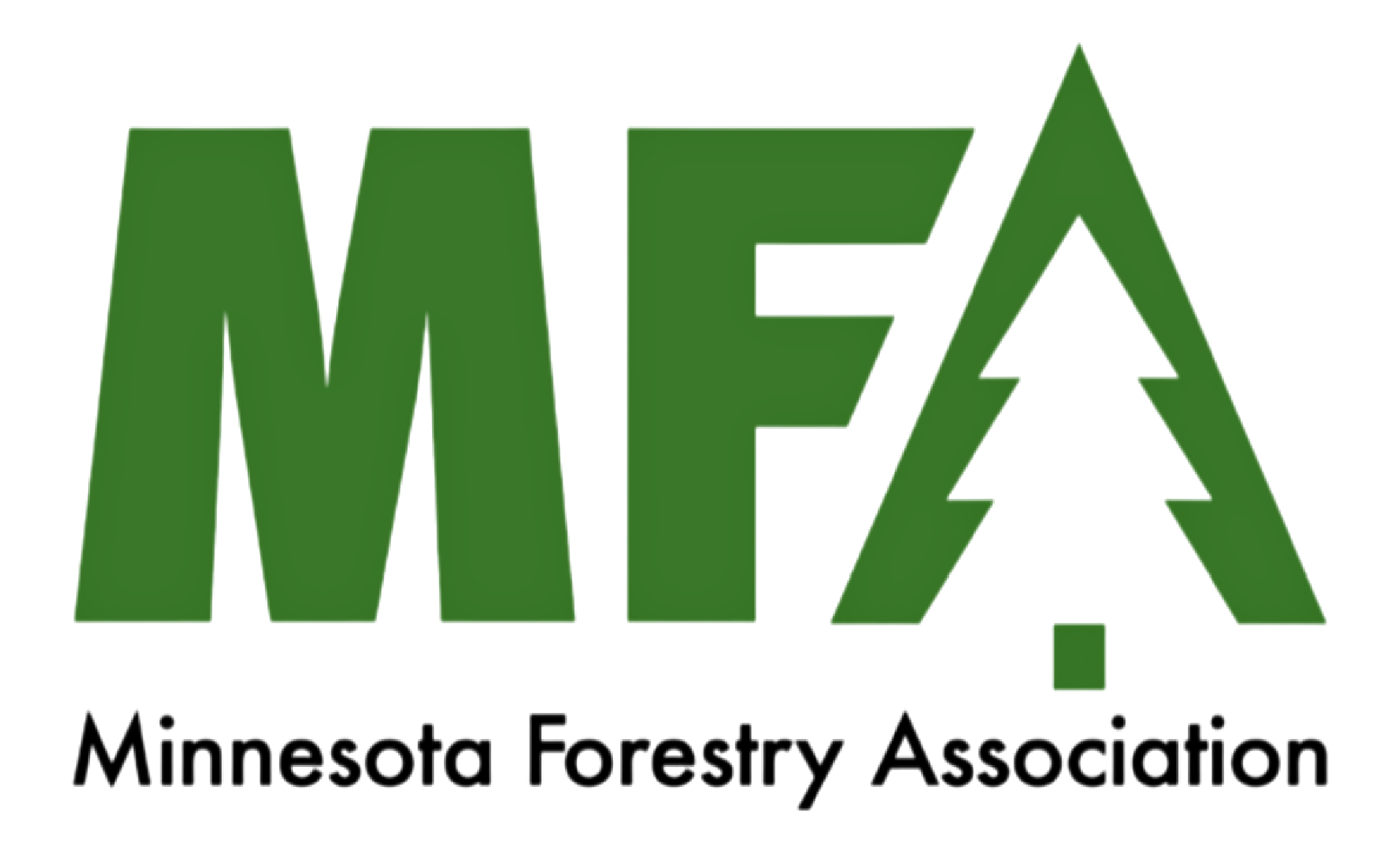What does a Wisconsin DNR forester do in retirement?
If you were Mike Beaufeaux and wife Dianne, you’d come back to the Beaufeaux family farm in Pine County, Minnesota and turn it into a tree farm.
The Beaufeaux connection to the land dates back to the early 1900’s when Mike’s grandmother and great aunt, with their husbands, settled the area. They purchased and cleared land around a small, 46-acre lake. The great aunt and her husband, Lena and Fred Thayer, established a post office on the east side of the lake. To this day, the lake and surrounding area, including a nearby Native American settlement, are known as Lake Lena.
In 1994, with retirement on the horizon, Mike and Dianne purchased land on the west side of Lake Lena that had been Mike’s grandfather’s 160 acre farm. “Gramps lost the farm through foreclosure during the Depression,” Mike said. In the years since ’94, Mike and Dianne have added 140 acres to their property and two of his brothers purchased the 200-acre home farm on the east side of the lake, so all the land around Lake Lena is back in the hands of Beaufeaux family members.
Mike had maintained contact with the farm and his family throughout his working career. The family teamed up to plant conifers around Lake Lena every few years, starting in 1956. The trees now protect the lake’s water quality and have helped dramatically to improve the lake’s fishery.
In 1994, the last corn crop was harvested off Gramp’s old farm fields. The next spring a combination of red pine, white pine and white spruce were planted. Of 54 acres, 44 were planted to trees and 10 were left is small, 2- to 3-acre wildlife openings.
Using his forestry expertise, Mike is managing every acre with a purpose. (As a professional forester, Mike was able to write his Stewardship Plan which was then submitted to the Minnesota DNR for approval.) Driving through a 24-year old red pine stand that had been thinned this summer Mike said, “We were shooting for a basal area of 90 but it looks like we hit 100 or 110. That means that we’ll be able to thin the stand again in 10 years or so when a younger nearby stand is due to be thinned.”
“On this sale,” Mike went on, “we got only $20 per cord because of the way I wanted the loggers to work. I had them clear cut one row and reach two rows over on each side to thin out more trees. They told me that if I’d let them clearcut two rows at a time, they would have paid $30 per cord, but that would have left too much open space.”
Mike’s enjoyment of the land is increased because of his training in ecology. “I see diversity and mutual coexistence between all the plants and animals of the forest,” he said. “My management objective is to mimic natural events that happen in all forest settings, such as disturbances from fire and windstorms which serve to renew the forest growth and maintain diversity.”
Mike seems especially proud of his natural stands of oaks and northern hardwoods which each comprise about 30 percent of the woodland. For the oaks, before arranging for a selective thinning, he scarified the soil using his bulldozer to expose the mineral soil and reduce competing vegetation. If he’d waited until after the thinning there would have been too many tops in the way to work effectively. The process helped retard the growth of ironwood, hazel and other brush while young oaks have become established.
In the northern hardwoods, Mike arranged for a commercial selective cut to take out most of the aspen and birch while reducing the remaining trees to a basal area of 90.
So far, 90 acres of oak, hardwood and pine have been selectively thinned, resulting in 1,100 cords of wood. In addition, 1,700 cords of aspen have been harvested. Mike says, “The revenue from the thinnings and aspen harvests has exceeded what we could have gotten by renting out the fields for farm crops.”
Deer Hunting Tradition
Deer hunting is a big part of the Beaufeaux family tradition. Mike pointed out one ridge called “The Bench” which was his father’s favorite deer hunting spot in back in the 1950s. Mike said, “As a boy, I never dreamed that I’d someday own “The Bench” with its family hunting history.”
This summer, Mike is anxious to try out a couple of ideas he heard from a friend. One is to create “buck beds” in brushier portions of the property by scraping out oval, 36 inch beds down to mineral soil. As the theory goes, bucks will use these beds repeatedly, thus helping to keep them in the area.
The other idea he will try is creating “licking sticks”. Deer hunters are all familiar with broken branches that deer rub with their scent glands and then create a scrape below. According to this theory, it is possible to bend and tie branches over a trail that deer will use for this purpose. Hopefully, the bucks will think to themselves, “With so many sticks to mark here, why move to over to neighboring land?” Mike’s experience with buck beds and licking sticks might be a good subject for a future piece in Minnesota Woodlands!
Not Just Trees and Deer
Mike and Dianne’s enjoyment of their land isn’t limited to trees and deer. Berry picking and bird watching are favorite activities. On our tour, Mike pointed out the best places to find red raspberries, black raspberries and blackberries. Mike said, “We make wonderful syrup out of the blackberries. With the raspberries, we pig out on them during their season and then freeze a few packages for pies over the winter.”
Mike has also revived his childhood interest in trapping and has taken raccoon, fisher, beaver and coyote while his trail cameras show bear, fox and bobcats are also frequent visitors.


